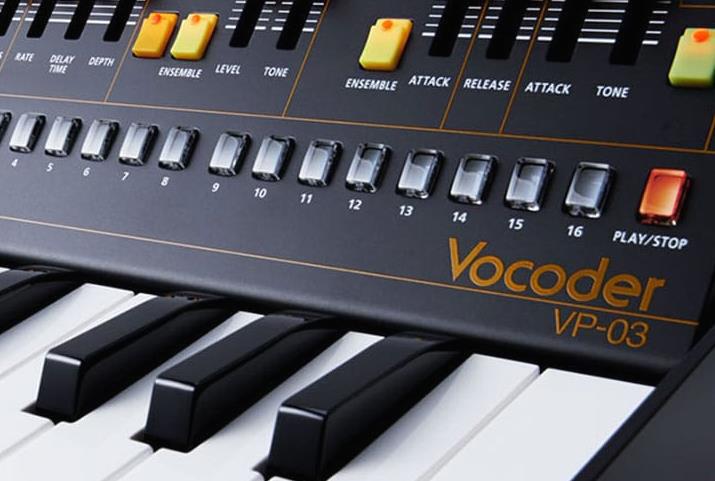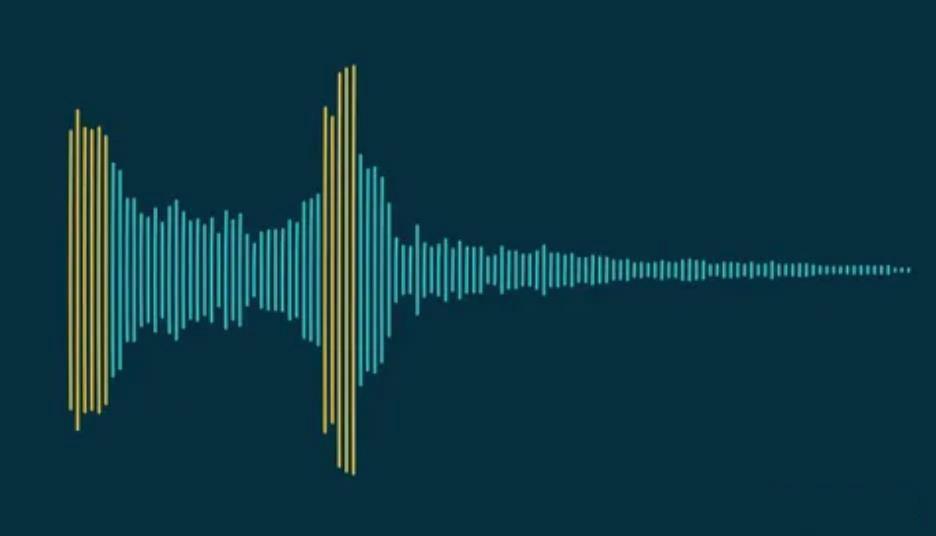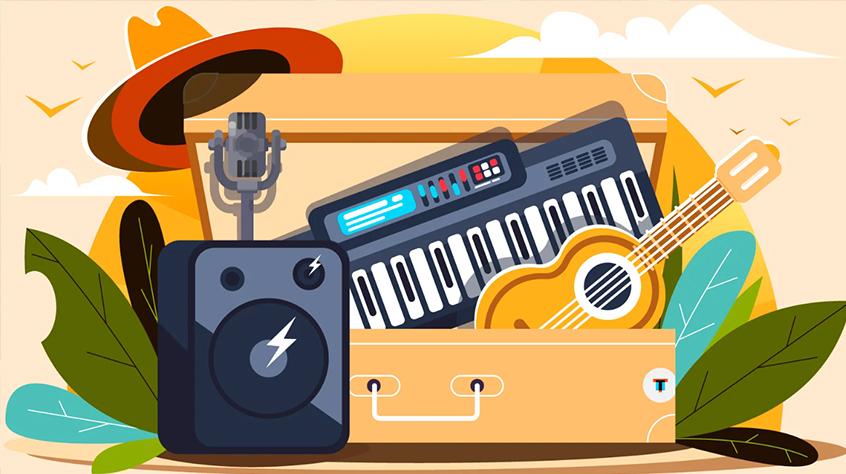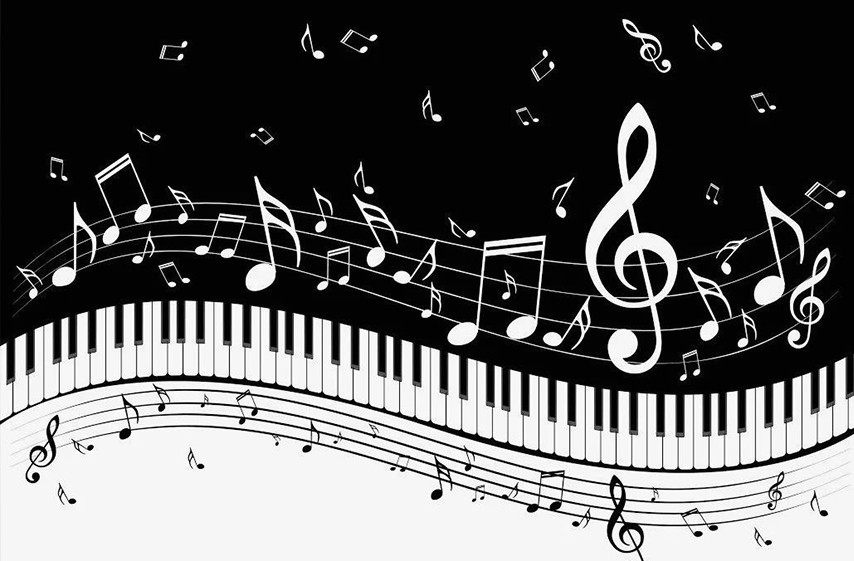Piano notes

In musical compositions, in addition to musical notes, there are many numbers and symbols. This system of symbols is called musical notation.
At first glance at these designations may cause fear, but do not rush to lose heart. In this article, we will look at nine basic principles necessary for mastering musical notation.
We will look at musical notation for the piano, but don’t worry – it’s the same as for the trombone, balalaika, or violin.
Notes
Translated from Latin, the term “note” means “sign” or “mark”. Notes, like the letters of the alphabet, are graphic symbols. On the stave, each note represents a certain sound and its duration. By the appearance of the note outside the staff, we can only judge its duration. The duration of the sound of a note is called its duration, and we will talk about it now.
Note durations
Let’s imagine the following situation before we start: you were offered an apple and you were told to eat it as quickly as possible. Naturally, this will take some time. Now imagine that you were not given a whole apple, but only half. It is logical to assume that you can do half in half the time. And now imagine that you were offered to eat only a quarter of an apple – you can do it four times faster, and so on.
And now let’s turn to the main durations and carefully consider their names.
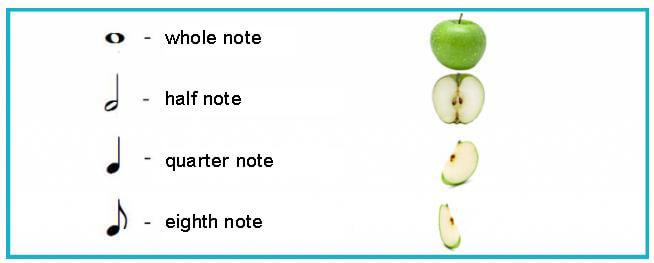
And here is how the division of notes looks like.

A whole note represents the longest sound duration.
A half note has a duration twice as long as a whole note.
A quarter note sounds half as long as a half note and four times as long as a whole note.
An eighth note has half the duration of a quarter note, four times that of a half note, and so on. To fill the time of a whole note, you need to use as many as eight eighth notes (also called eighth notes).
There are shorter durations such as sixteenth, thirty-second, and sixty-fourth notes.
Eighth and smaller durations can be grouped together and their appearance will change accordingly.
Below is an example of combining eighth notes into one group.

What does time signature mean and what is beat
Each piece of music has its own time signature. However, what is meant by this concept? In order to understand, we need to familiarize ourselves with the terms ripple, fraction and meter.
You have probably been to concerts where the audience began to applaud the artist during his performance. The clapping may sound chaotic at first, but after a few seconds, everyone starts clapping in unison. People feel the pulsation and therefore clap rhythmically and synchronously. It is this regularity that characterizes musical movement that we call pulsation.
The pulse has its own unit of measure, which is called a fraction. The beats are rhythmic, but have different strengths. Among them there are strong and weak parts. The first beat is always strong and is shown in red on the chart. Weak beats are shown in blue.

The order of strong and weak beats forms the meter of a piece of music. In this example, we see three shares, but this is only one of many possible options.
The distance between two adjacent downbeats is called a beat. In notation, measures are indicated by bar lines.

Now that we are familiar with the definitions of meter, beat, and measure, we can turn our attention to the concept of time signature.
The time signature of a piece of music is a structure that resembles a mathematical fraction, but without a dividing line. Here are some sample sizes:

The top number in the time signature indicates how many beats are in one measure.
The bottom number determines the length of each beat.
The number at the top indicates how many beats to count in each measure (for example, 2, 4, 3, 6, and so on).
The number located at the bottom determines how long the pulse should be beaten (for example, quarters, eighths, and so on).
Even though the beats are even, bars can be filled with notes of different lengths. Thus, eighths, sixteenths, quarters and other durations can be combined in one measure.

Accidentals – sharp, flat, bekar
Music notation contains a variety of symbols, some of which resemble hieroglyphs. Let’s discuss these symbols in more detail.
In music, alteration means a change in the main steps of tonality. These steps are represented by notes (Do, Re, Mi, Fa, Sol, La, Si). The sound of a step can be changed up or down. Special signs have been developed to indicate these changes:
Sharp – raises the sound of a note by a semitone.

Flat – lowers the sound of a note by a semitone.

A semitone defines the distance between two adjacent keys on an instrument.

The illustration below shows the arrangement of sharps on a piano keyboard.
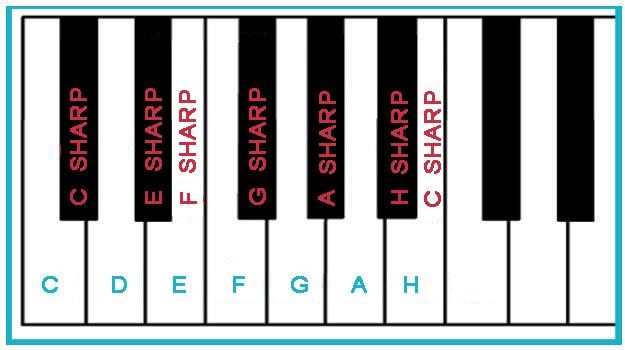
Note that the E sharp key is in the same position as the F key. This is due to the fact that there is only a semitone between them. As I mentioned, the sharp raises the note by a semitone, which causes E sharp to become F. The same is true for C sharp, F flat and C flat.
The illustration below shows the location of the flats:

Note that sharps and flats occupy the same keys. This means that radi sharp is actually equivalent to mi flat. In a sense, you are right – these keys sound the same, but on paper, their recording must follow the rules determined by the keys.
How to write sharps and flats correctly
Contrary to how we pronounce the names of notes and accidentals, when they are written down, the order is reversed. First the accidental sign is indicated, and then the note. Take a look:

Among the signs of alteration, the bekar is of particular importance.
Bekar is a symbol that cancels the action of both flat and sharp. If you notice this symbol in front of a note, it means that you need to play a regular white key, that is, a note without alteration. Here is what the bekar symbol looks like:
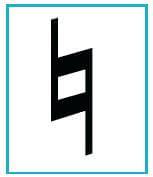
There is also a double sharp:
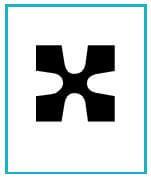
and double flat:

The first symbol looks like a cross and raises the note by two semitones (that is, by a whole tone). The second character represents two flats in a row and lowers the note by two semitones. If in a musical notation there is an F note with a double-sharp symbol, then we will play the G note on the instrument.
This may seem strange, because why not just use the G note? However, music has a lot in common with mathematics, and there are laws in it that must be observed. That is why double-sharp and double-flat symbols were introduced.
Treble and bass clef
Using a musical staff, we can visually determine which sounds are higher and which are lower, but only in relation to each other.

What to do if there is only one note on the stave? How to determine its height? To clarify this issue, we need to introduce the concept of a key.
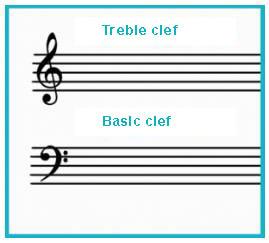
The clef is a symbol that defines the position of a particular note on the stave. Let’s take a closer look at this.
In the current notation system, the notes on the stave are arranged as follows:

Note that in the treble clef, low notes are written on additional lines, just like high notes in the bass clef. Imagine what musical notation would look like if only one clef was used in the music. There are 88 keys on the piano, and each of them must somehow be reflected on the staff. However, only 5 lines are available in total. This would lead to the need to use many additional rulers, which would be inconvenient for visual perception and reading music.
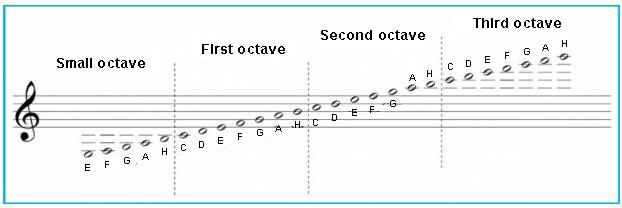
Therefore, in the 11th century, the musical theorist Guido d’Arezzo proposed special symbols – keys. The clefs were created to serve as a starting point on the staff and indicate the note from which all others should be reckoned.
You probably know that notes have syllabic names (Do, Re, Mi…), but can also be denoted by letters of the Latin alphabet. For example, the note salt is denoted by the letter G. It was this letter that served as the basis for the creation of the treble clef.

As you can see, the main curled line spans the second staff line. Thus, the key tells us that the note G is on the second line. Knowing this, we can easily determine the location of the remaining notes.
This clef is called “treble” because of its use in the range that the violin plays. This is how the arrangement of notes in the treble clef in the first octave looks like.

The curl of the bass clef intersects with the fourth line of the stave, and two dots frame it on both sides. Like the treble clef, the bass clef serves as a reference point – in this case, the note F. Knowing this, we can easily determine the location of the remaining notes. In a small octave, they will be located in the following positions:

The bass clef may also be referred to as the “F-clef”.
Pauses in music
In music, the moment of silence when there is no sound is usually called a pause. As with notes, rests can have different lengths. The names of the rests correspond to the names of note durations, but their graphic representation is different. Below are the main rests and their corresponding note durations.

We agreed that the pause is a moment of silence. However, if you play the piano and pause with only one hand, you will not hear true silence. If you are interested in the concept of musical silence, I recommend listening to a piece by John Cage called “4.33”. In this composition, the musicians, performing it, do not produce a single sound. Instead, the audience joins the surrounding sounds and finds harmony with the environment. The performance of this work in the original interpretation can be found on the Internet.
Musical staff – what is located on it
Sound has various physical characteristics, and one of them is its frequency. In music, the frequency of a sound is usually referred to as pitch or pitch. However, how can one represent this height on paper?
This question was answered by the Italian monk, teacher and theorist Guido Aretinsky (Guido d’Arezzo) at the beginning of the 11th century. He proposed to depict sounds of different heights on parallel rulers, one below the other. This system was called the stave.

Please note that the rulers are considered to be from the bottom up.
Scale Octave Range
Let me remind you that there are only seven basic notes. They are arranged sequentially one after another: Do, Re, Mi, Fa, Sol, La, Si. This sequence is called a scale. At school, children are taught the rule: if the sounds are arranged in this sequence, then this is a scale.
This sequence can be repeated an infinite number of times. For example, the note C is followed by Do again, and so on. The distance between two Do notes, one at the bottom and the other at the top, is called an octave (from the Latin word for eight).
And indeed, if we count: Do – 1, Re – 2, Mi – 3 … Si – 7, then the next note after Si will again be Do and will be called 8. It will be the first note in the next octave.

Historically, nine octaves have been most commonly used in music. Each musical instrument, as well as the human voice, has its own limitations in pitch. That is, each of them can produce the lowest and highest note in its range. The distance between the extreme note in the lower register and the extreme note in the upper register is called the range. Each instrument and voice has its own unique range. Range is usually measured in octaves. For example, on a piano you can find seven full octaves and two incomplete octaves. Therefore, if you play the keys sequentially from low to high, the scale (do, re, mi, fa, salt, la, si) will be completely repeated seven times.

Dynamics
Musical language, like human speech, has a pronounced emotionality. It has many shades that are achieved in music due to the dynamics and nuances of performance. The word “dynamics” comes from the Greek word “dynamis”, which means “strength”. Therefore, dynamics in music is related to the power of the sound. Special Italian terms are used to refer to different levels of sound intensity. The table below shows the designations of the main dynamic shades along with their interpretation.

When writing music, the composer determines the dynamic shades for each fragment. Thus, in one composition, the dynamics can change several times.
Musical touches
The musical reference book states that a stroke is a way of producing sound on various musical instruments. For example, on a piano, sound production depends on how you touch the keys, and on a violin, on how the bow touches the strings. Each group of instruments (keyboards, percussion, strings, etc.) has its own sound extraction methods, which are called carcasses. The term comes from a French word meaning “to touch” or “to touch”.
There are certain strokes that can be performed on almost any instrument. However, there are also such touches that are inherent in specific instruments. For example, the “pizzicato” stroke is possible only on bowed stringed instruments. Below are examples of several musical touches.
The line drawn under the notes is called the slur. The sounds of these notes smoothly pass into each other. This stroke is called “legato”.

Dotted notes indicate a short, staccato sound. This technique is called “staccato”.

There are many other musical touches that you can familiarize yourself with.
Additional musical marks
In this article, we examined the main aspects of musical notation and the main symbols of musical notation. However, there are many other signs that we have not covered, but are of no less importance. Some of them relate to melismas – decorations in music, and there are also symbols that help to make it easier to write and read notes. There are also many other signs, but we will consider only a few of them:



